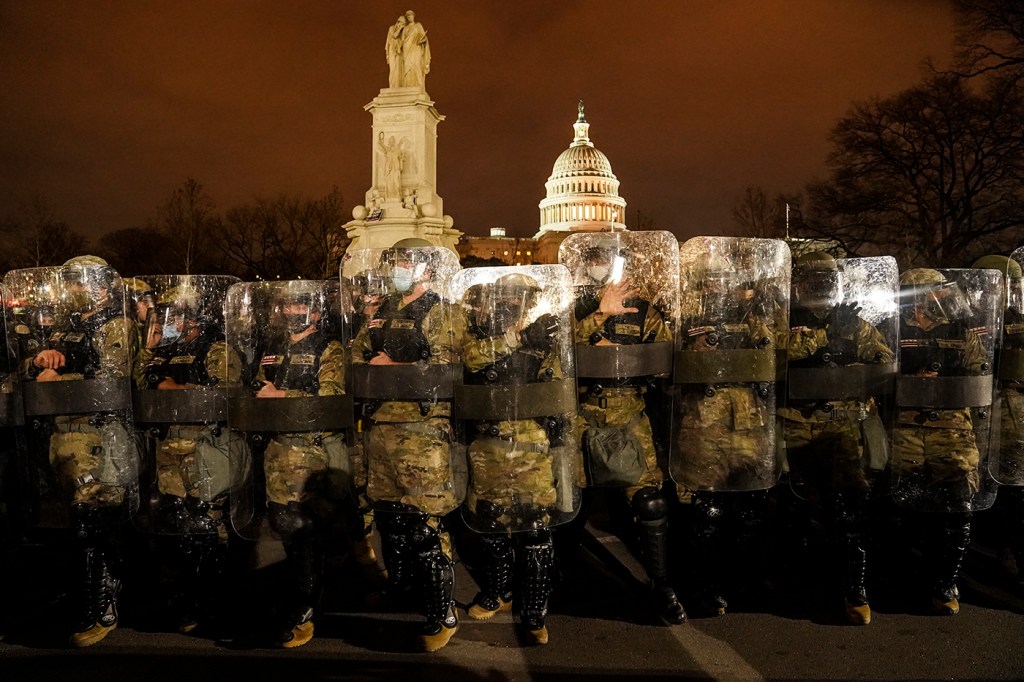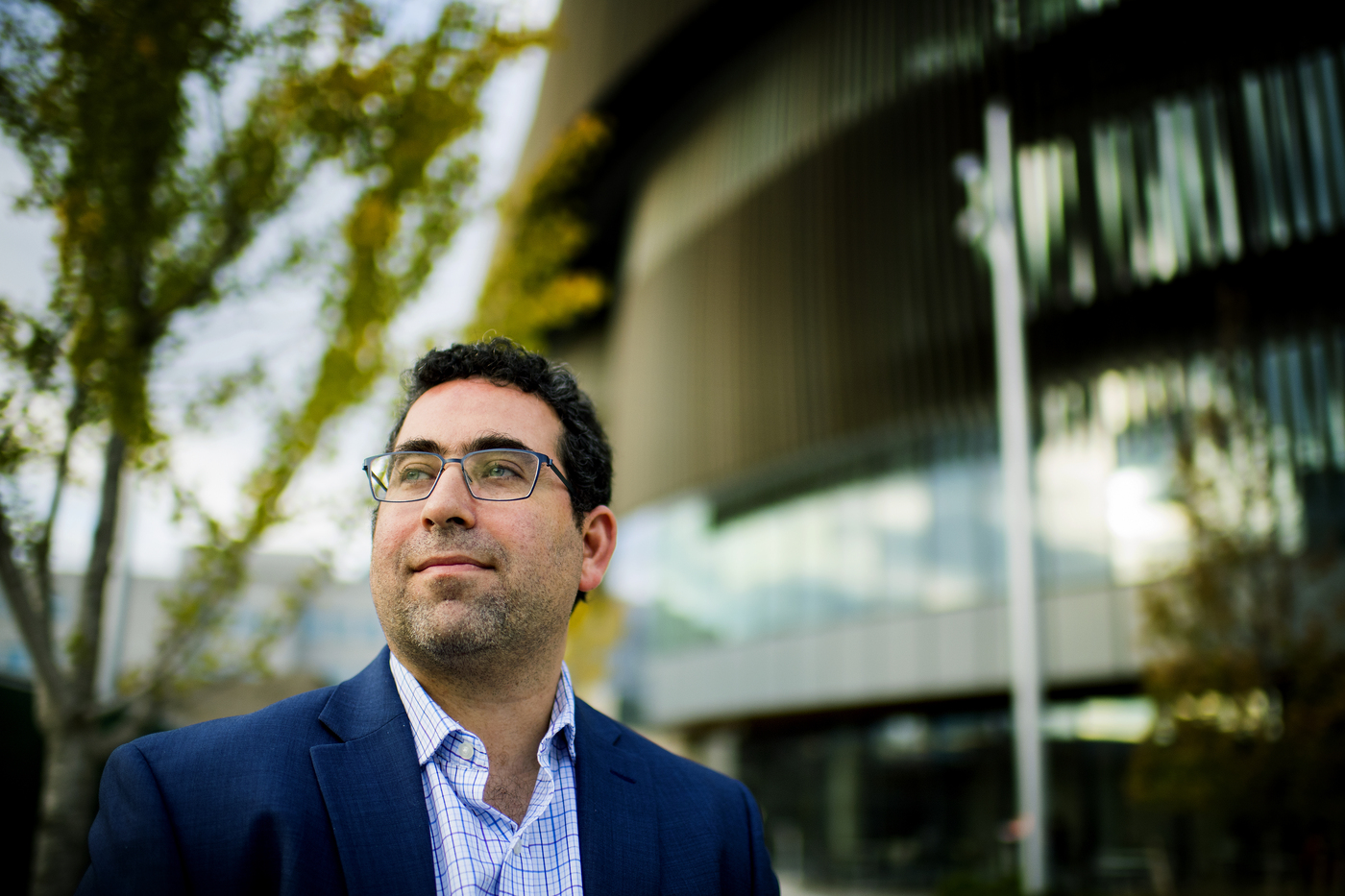People stormed the Capitol—was it domestic terrorism?

Wednesday’s siege of the U.S. Capitol by President Donald Trump’s most fervent loyalists has led to arrests and calls for justice. But labeling the incident “domestic terrorism” is hard because there is no consensus on what the term means, and there are many definitions, says a Northeastern professor who specializes in counterterrorism.
More than 50 people have been arrested so far, with more arrests likely, after Trump supporters clashed violently with police and entered restricted areas of the domed Capitol building while lawmakers were inside formally signing off on President-elect Joe Biden’s win.
People who attack non-military targets like a government building for a political goal could be categorized as domestic terrorists, says Max Abrahms, an associate political science professor who teaches about national security, international relations, and counterterrorism. He explains that those who stormed the Capitol waving “Trump 2020” flags “defended their behavior in political terms in order to ‘prevent the steal.’”

“We’re talking about an individual like a lone wolf, a small group, or a large organization that uses violence against a civilian target for some sort of presumed political goal,” says Max Abrahms, an associate political science professor who teaches about national security, international relations, and counterterrorism. Photo by Matthew Modoono/Northeastern University
“We’re talking about an individual like a lone wolf, a small group, or a large organization that uses violence against a civilian target for some sort of presumed political goal,” he explains of the phrase ‘domestic terrorist.’ “It really depends on the different weights people attach to the definition and how they interpret what happened at the Capitol.”
The term was widely used in Washington as shaken lawmakers dealt with the aftermath of the crisis. New York Sen. Chuck Schumer, a Democrat expected to become Senate majority leader, said the chaos was caused by “rioters and insurrectionists, goons and thugs, domestic terrorists.”
Republicans echoed the description, with party spokesman Michael Ahrens tweeting, “What happened today was domestic terrorism.”
Abrahms says individuals accused of domestic terrorism are prosecuted differently than others.
“This is a big issue because in the United States, because of our special protections, especially around the First Amendment, people are afforded greater protections to engage in extremism,” he explains. Prosecuting somebody for international terrorism, by comparison, requires less of an offense and lower levels of evidence.
He cited as an example the Islamic State, which he says is recognized by the U.S. State Department as a foreign terrorist organization.
“If someone were to commit an attack in the United States and there was an ISIS flag in their car and law enforcement went through their computer and found tapes on jihadism, that would be ironclad evidence that this individual was a terrorist and that person would be prosecuted and found guilty for terrorism,” Abrahms says.
But, he adds, if someone in the United States were to commit an attack and they had an American flag “or some kind of a flag of a militia group that’s known for right wing extremism, and they also had an online footprint connecting them to domestic online extremism, that wouldn’t be as damning legally as it would be for the ISIS perpetrators.”
Some have compared the incident in Washington to another terrorist act on U.S. soil: the bombing of a federal building in Oklahoma City in 1995 that killed 168 people. It was carried out by a pair of American citizens.
But Abrahms notes an important distinction between the two was the number of people involved.
“What scares me more about the storming of the Capitol was the number of participants because there is power in numbers,” he says. “Whenever you see political violence where the number of participants is high, that indicates a capability to inflict future harm.”
Many in Washington and beyond continued to call for legal consequences on Thursday. A strongly worded statement from Acting U.S. Attorney General Jeffrey Rosen suggested that the federal government is committed to making more arrests: “We will continue to methodically assess evidence, charge crimes and make arrests in the coming days and weeks to ensure that those responsible are held accountable.”
There were calls for direct consequences for Trump, as well. Schumer and others are calling for Trump’s immediate removal before his term ends on Jan. 20, either through another impeachment effort or via the 25th Amendment.
To invoke the 25th Amendment, Vice President Mike Pence and a majority of the cabinet would have to vote to remove Trump from office due to his inability to “discharge the powers and duties of his office.”
Illinois Rep. Adam Kinzinger became one of the first Republican lawmakers to call for Trump’s removal. “It’s time to invoke the 25th Amendment and to end this nightmare,” he said in a video. “The president is unfit.”
Even if he remains in office for the rest of his term, Abrahms says, the images of the violence are likely to take a political toll on Trump’s image and future prospects.
“I don’t know what the legal effects will be for Trump, but the political effects are overwhelmingly negative,” he says.
For media inquiries, please contact media@northeastern.edu.





